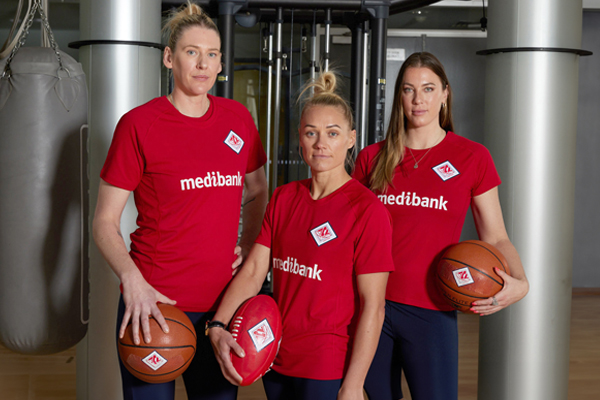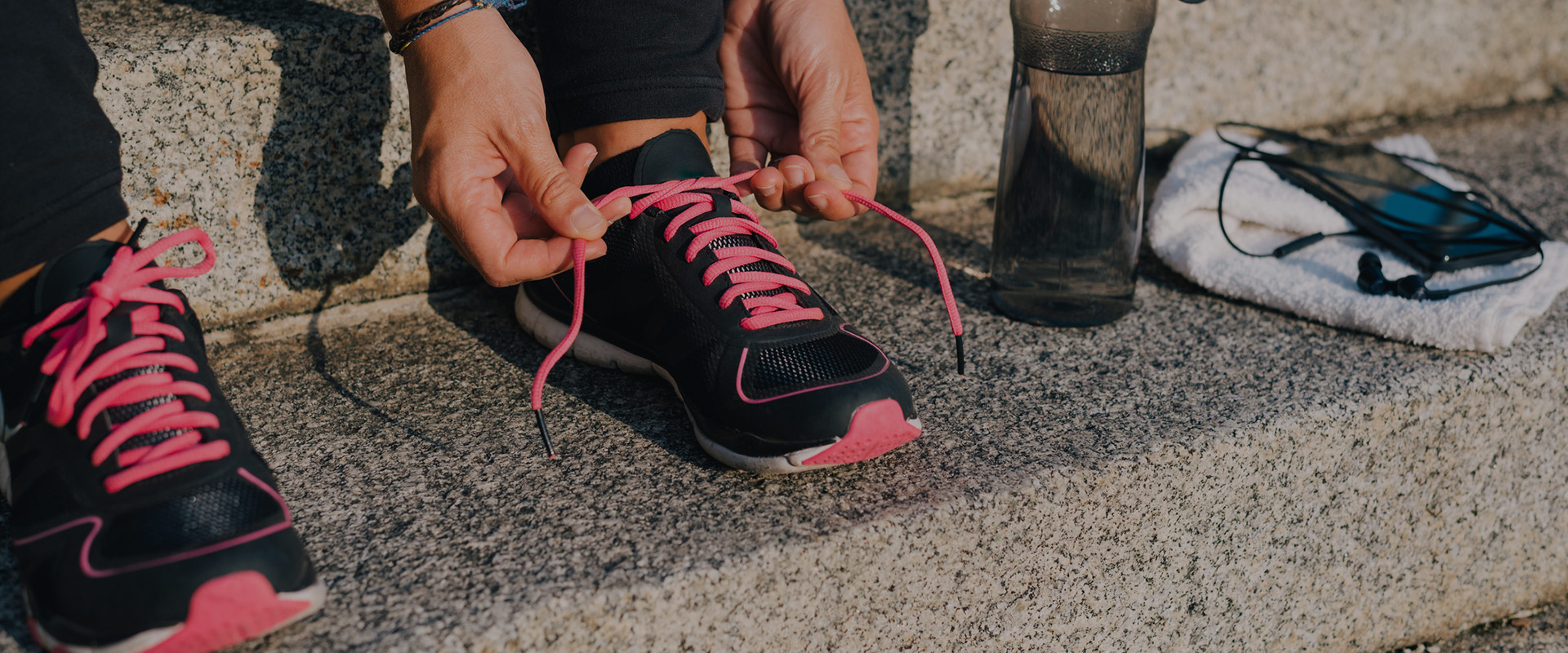-
Fail to prepare, prepare to fail. Now that the warmer months are behind us we need to make sure we’re geared up for exercising through winter. If you’re an outdoor person, the key is to keep snug and dry so you can maintain your routine all year round.
The following checklist will help you stay warm, safe and active this winter.
Jackets
Rain isn’t the only element that can dampen your exercise in winter – wind can really impact a good session. Protection from both is a must for outdoor exercise and there are plenty of great products to assist. Make sure you find a lightweight, well-fitting jacket that allows you to exercise unimpeded while protecting you from bad weather.
Layers
Exercise apparel in winter is all about layers. You typically start out cold but warm up as you go, and your clothing needs to adapt. Dressing in layers allows this and will help with changing weather conditions while you’re out. The most important layer is a good base layer, to keep you warm without bulk, and provide breathable, moisture-wicking properties so you don’t overheat as you get going.
Reflective gear
If you’re hitting the pavements in the early morning or late evening in winter, chances are you’re exercising in the dark. Being visible is paramount and reflective gear plays a key role in making sure you’re seen. Many running shoes have reflective stripes but they’re not enough. Keep an eye out for jackets, t-shirts, vests and singlets with reflective materials to help increase your visibility in the dark.
Running beanies and gloves
Whether you’re walking, running or hiking, there’s nothing worse then freezing fingers. As a lot of heat is lost through your head and extremities, it’s wise to rug up those areas so you’re not wasting energy warming up again. Running beanies are a great option as they keep you snug while drawing away moisture when the temperature drops. Light, breathable fabrics will help keep the air circulating. Gloves are also a must, especially when you’re exercising at high speed on a bike. You’ll notice they’re not only keeping your fingers warm but your whole body.
Running socks
Keeping your feet dry is essential when training in winter. Find exercise socks that provide warmth as well as moisture wicking to absorb any sweat and water that makes its way in. Socks with compression properties are ideal to ensure circulation is at its best.
Footwear
Running and sports shoes aren’t seasonal and styles are designed for year-round use. However, it’s worth reviewing the stability of your shoes for winter exercise. Many brands have shoes designed specifically for outdoor and trail environments that may provide better protection for the conditions. Be mindful that if you wear minimal or low-profile footwear you’re more likely to get wet feet in damp weather.
Weather apps
Downloading a good weather app is a great way to help you prepare your winter training sessions. It’s also a good monitoring tool when you’re out to ensure you don’t get caught if the weather takes a turn.
Phone case
Phones have become an extension of our selves when we exercise – tracking our training, providing music and giving weather updates. Durable phone cases are a great idea to protect your device when the heavens open.
Sunscreen
Staying sunsmart is important all year round. Use a sports style sunscreen each time you head outside.
Winter tip – drying your shoes
Wet runners are inevitable in winter and drying them properly is key to avoiding a damp pair for your next session. Speed up the process by opening up your shoes to allow air in and fill them with newspaper to help draw the moisture out.
Winter gear guide

-
Everything you need to know about parkrun
Been wondering what a parkrun looks like? Where do you go? What do you do? How do you sign up? Find out here.
-
Five ways to exercise when on a budget
You don’t need to spend money on gym memberships just to meet your fitness goals. Here are five free ways to stay healthy and active when you’re living on a budget.
-
How parkrun changed my life
Christie Farrow went from being an exercise-phobe to a true blue runner with parkrun.
-
Australia's top female athletes unite on ACL injury
Some of Australia's most talented athletes have joined forces to highlight the unique injury challenges women face.
-
How to create your perfect summer fitness plan
Be inspired by the sunshine and get moving
-
The essential foam rolling routine
Improve posture and flexibility with this essential foam rolling routine. Discover effective stretches to ease muscle tightness and enhance your daily movement.
Subscribe to receive the best from Live Better every week. Healthy recipes, exercise tips and activities, offers and promotions – everything to help you eat, move and feel better.
By clicking sign up I understand and agree to Medibank's privacy policy






